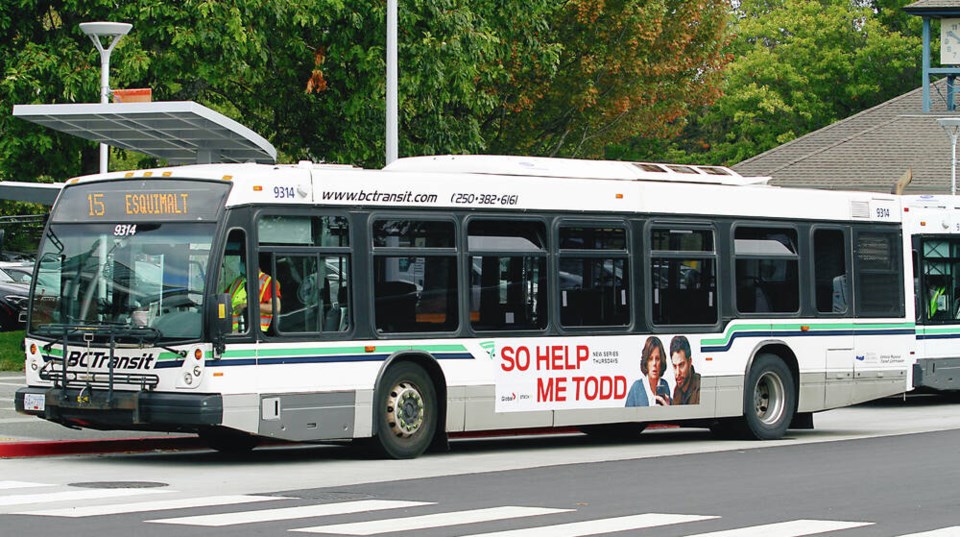Since when did bus drivers become public punching bags? It’s beyond disturbing that we hear about an assault on a bus driver nearly every week. I’m sure there’s lots of assault-like encounters that go unreported, too. But the mental trauma caused is surely just as bad.
sa国际传媒 bus driver union leaders estimated a while back that 100 assaults on their members occur every year. That’s nearly two a week. Nationwide there are about 2,000 incidents annually. Some drivers have even been murdered.
There’s no reason — ever — to commit assault against a bus driver. But it happens. And these days, it’s usually due to assailants being drunk, drugged or mentally ill.
Good old fashioned anger has a part to play in this as well as anti-social people just doing their acting-out thing. Civilized decorum in public apparently left town several years ago.
The driver represents some kind of authority. And when the boil over occurs they become targets. Somebody has to pay because I’ve been kicked out of a bar or this bus is 10 minutes late.
What never ceases to amaze me is how well the anti-social hysterical types clean up a year or so down the road when they are standing in front of a judge. Butter wouldn’t melt in their mouths.
Assault shields, those plastic barriers which at least block or slow down a haymaker, are becoming pretty well standard equipment on most buses today.
Let’s think about that. We have to contain drivers in an armoured canister so that they can go home, instead of the emergency room, after their shift.
Updated video capture technology should be essential for buses. A system which automatically alerts a control centre to an assault in progress on a bus is probably an expensive fix. I’m willing to pay for that.
Some will argue that harsher criminal penalties rarely achieve desired results. But there’s a case to make now for a special section in our criminal code, affording bus drivers specific attention.
It’s a serious offence to disrupt airline travel and I think we’ve reached a point where bus drivers deserve the same kind of protections.
Safe, reliable public transportation is the key to a green future and more livable cities. So we’ll be needing more happy, motivated and protected public transport drivers than ever in the years to come.
Being berated, cursed and spat upon probably aren’t good recruiting tools. Good people need to stand up here — for the sake of these drivers.
Please be a respectful and tolerant public commuter in the first place. Decision makers and legislators need to hear from us that change is necessary. We want our drivers protected.
In July, a TikTok video from Victoria went viral worldwide when it showed bus passengers repeatedly thanking their bus driver as they alighted. It’s magical thinking, but that should be the norm.
Bus drivers deserve it.
Glove Box: Gord wrote last week reminding us that traction control, found on many vehicles today, can be a help for drivers as we approach our winter months — that is if you use it properly.
Traction control is a great invention. A computer inside your vehicle measures if one of your wheels is spinning too fast in relation to the other wheels. That usually starts happening when you’re entering into a skid. The computer tells the faster spinning wheel to slow down, matching the speed of the other wheels and gives you better control to manoeuvre.
But there are times when traction control can work against you. A good example is when you’re stuck in snow or mud.
In those cases you want evenly spread the power turning all your wheels in order to get going. Traction control may cut power to one or two wheels and prevent them from turning like the rest causing side slips or “snonuts.”
The same logic applies to driving up a slippery hill. Evenly applied power to all four wheels is the safer bet.
Traction control works 99 per cent of the time and should mostly be left on. For the other one per cent, pushing that button which has a picture of a car with skid marks behind it usually turns traction control off — usually. Always check your owner’s manual first.



